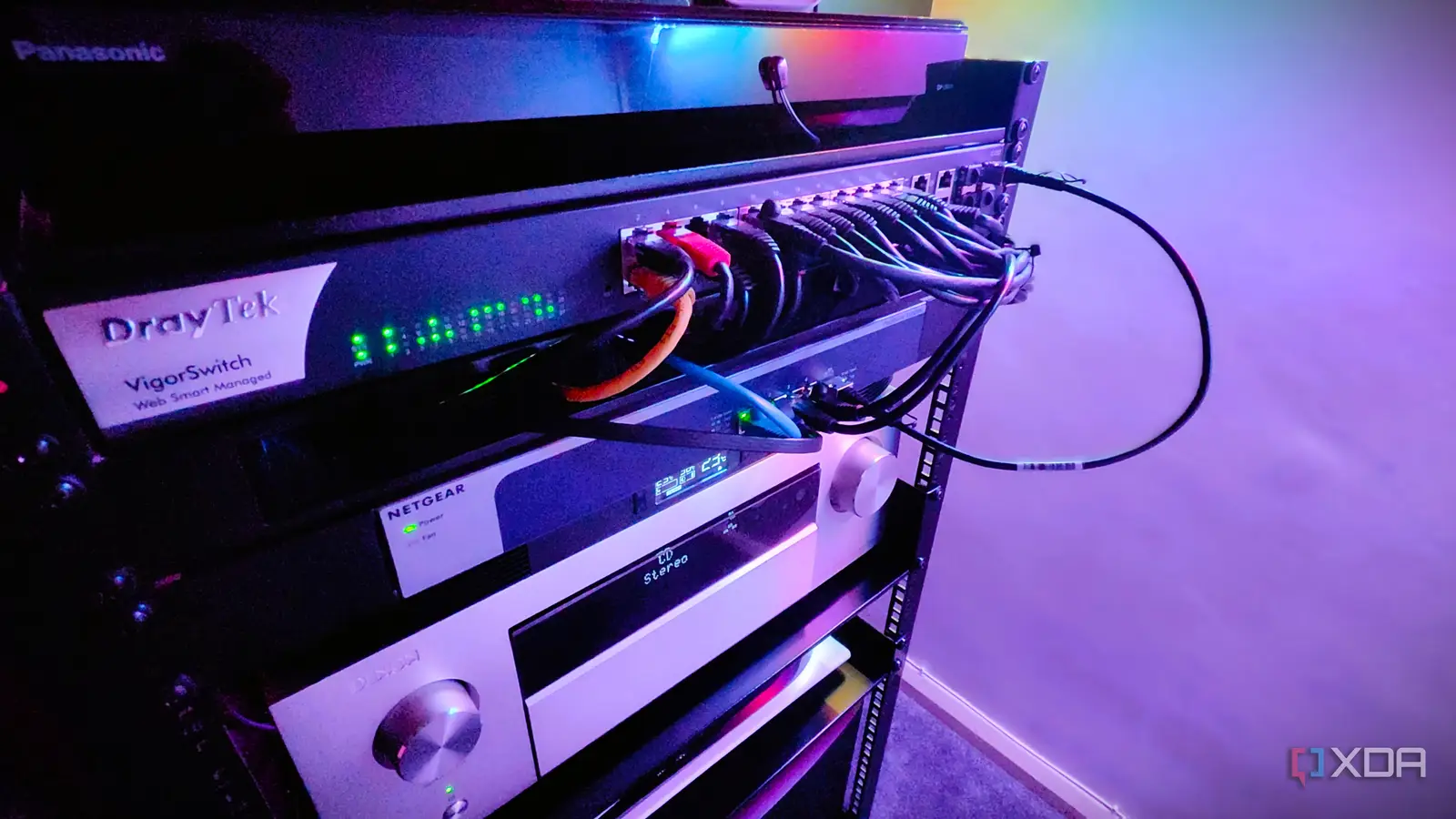
USB-to-Ethernet adapters often seem like an easy fix. They are cheap, portable, and promise to turn a device without a dedicated Ethernet port into something more capable. For laptops, tablets, or even single-board computers, that sounds like a simple solution. In practice, though, the adapters tend to be far less reliable.
Reliability isn’t optional when it comes to networking, and shortcuts often end up costing more in the long run.
These adapters are best suited for light or temporary use, but they should not be the backbone of a serious setup. Network stability depends on consistency, and adding another layer of translation through USB introduces weak points. When reliability matters most, relying on one of these adapters is almost guaranteed to come back and bite you.
Why these adapters are tempting to use
Convenience comes at the cost of reliability
The appeal of USB-to-Ethernet adapters comes down to availability and ease. Almost every electronics store carries them, and they often cost less than twenty dollars. If you have a device with no built-in Ethernet port, the adapter feels like an instant upgrade. Many users assume this low-cost approach is just as practical as a native port.
They are also very compact, which makes them attractive for travel or quick fixes. A slim adapter tucked into a laptop bag gives peace of mind, allowing you to plug into a wired network when Wi-Fi isn’t ideal. For developers or hobbyists, it seems like an easy way to add wired networking to devices like the Raspberry Pi Zero. The problem is that this surface-level convenience hides deeper technical flaws.
Because USB wasn’t designed for networking, these adapters have to translate signals between different protocols. That translation adds complexity that native Ethernet ports don’t have. While most of the time you may not notice, under strain the difference becomes obvious. What started as a neat solution quickly shows cracks when reliability is tested.
Where the real problems start showing
Connection drops, bottlenecks, and hidden instability
The most common complaint with USB-to-Ethernet adapters is connection instability. It may not happen immediately, but eventually, users will notice random disconnects or sudden speed drops. For video calls, file transfers, or online gaming, these issues are frustrating and disruptive. In a server or lab environment, they can even cause data corruption or downtime.
Bandwidth limitations are another weak point. While USB 3.0 and later provide sufficient throughput on paper, in practice, the bus is often shared with other peripherals. That means your network connection competes with storage devices, input hardware, and more. When traffic increases, the adapter can throttle down and create bottlenecks. Performance may look fine during light use, but quickly collapses under stress.
Drivers and operating system support add another layer of unpredictability. Not all adapters use the same chipsets, and compatibility varies between Windows, Linux, and macOS. A simple OS update can break functionality until new drivers are released. This inconsistency makes them unsuitable for long-term deployments where stability is critical.
Better alternatives you should consider instead
Native Ethernet ports and dedicated network gear win out
The best way to avoid these headaches is to choose devices with built-in Ethernet support. Native ports connect directly to the system bus without the extra complexity of USB translation. That means fewer points of failure, better throughput, and greater reliability over time. If networking is essential, start with hardware designed to handle it.
For laptops or other portable devices, docking stations provide a safer middle ground. Many docks include dedicated Ethernet controllers with more robust drivers. While still technically external, these tend to be engineered for professional use and are more reliable than the cheapest adapters. They cost more, but they are worth it for anyone who needs wired stability on the go.
Even though they connect via USB, docks often utilize Ethernet chipsets that are more reliable and offer better compatibility. You’re still at the mercy of the bottlenecks between your computer’s USB bus and the CPU, though, so even a USB dock with an Ethernet port should only be used in the absence of other options.
In lab or home server environments, dedicated network hardware is even more important. Devices like managed switches or SBC add-ons designed specifically for Ethernet deliver far more predictable performance. If you value uptime or data integrity, investing in real networking gear pays off quickly.
When a USB-to-Ethernet adapter might be fine
Low-stakes and temporary uses where failure isn’t critical
There are some cases where USB-to-Ethernet adapters make sense. For example, if you need a quick fix to configure a device, an adapter can do the job. Likewise, if you are traveling and only need wired connectivity for a short session, it may be acceptable. These are scenarios where failure is annoying but not catastrophic.
Hobby projects also provide some room for these adapters. If you are tinkering with a Raspberry Pi or testing a system temporarily, the adapter can serve as a stopgap. It is better than having no connectivity at all and can be a valuable tool in your kit. Just remember that the results won’t match what you’d get from proper networking hardware.
Even then, consider these adapters as temporary rather than permanent solutions. Their purpose is convenience, not stability. As soon as you move into a project or workflow where reliability matters, they become liabilities rather than assets.
Why reliability always has to come first
Cutting corners in networking usually costs more later
Networking is the backbone of most modern computing tasks. Whether you are hosting services, collaborating remotely, or just streaming media, stable connectivity makes the difference. USB-to-Ethernet adapters might trick you into thinking you’ve solved the problem, but in reality, they introduce new risks.
When connections drop or performance stutters, the time lost quickly outweighs the money saved. That is why investing in proper hardware upfront is always the smarter move. Reliability isn’t optional when it comes to networking, and shortcuts often end up costing more in the long run.
Don’t gamble on a weak link



